In our increasingly noisy world, genuine silence has become a rare and precious commodity. The constant hum of technology, urban life, and human activity has made truly quiet places increasingly difficult to find.
These silent sanctuaries offer not just an absence of noise, but a presence of something more profound—a chance to hear the subtle sounds of nature and reconnect with our surroundings. Here is a list of 20 destinations worldwide where silence isn’t just a feature—it’s the main attraction. Each offers a unique opportunity to experience what true quiet feels like.
Antarctica’s McMurdo Dry Valleys

The Dry Valleys of Antarctica represent one of Earth’s most extreme environments where sound struggles to exist. The combination of minimal precipitation, lack of wildlife, and distance from human settlements creates a profound acoustic vacuum in which visitors report hearing their heartbeats.
Scientists working in this region often describe the silence as having a physical presence that’s both unsettling and deeply meditative.
Makgadikgadi Pans, Botswana
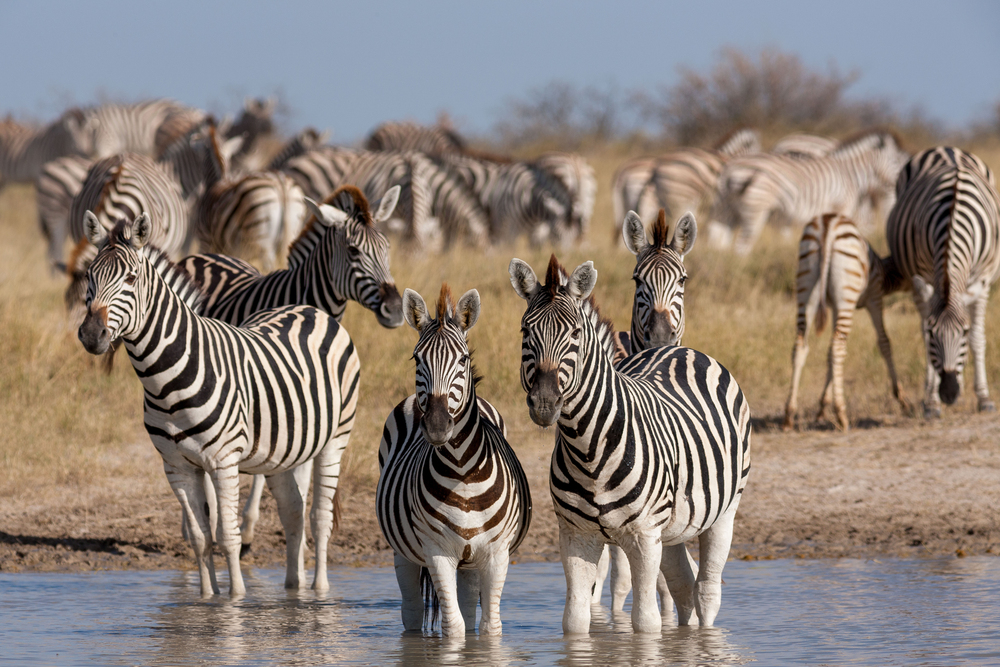
This ancient lakebed in Botswana stretches across 6,200 square miles of cracked earth where sound waves dissipate into nothingness. During the dry season, the salt flats create such perfect acoustic deadening that visitors experience what locals call ‘the great silence’—a stillness so complete it seems to absorb all attempts at noise.
The vast white expanse creates a surreal environment where even your footsteps seem muffled by the endless horizon.
Like Travel Pug’s content? Follow us on MSN.
Hoh Rain Forest, Washington, USA
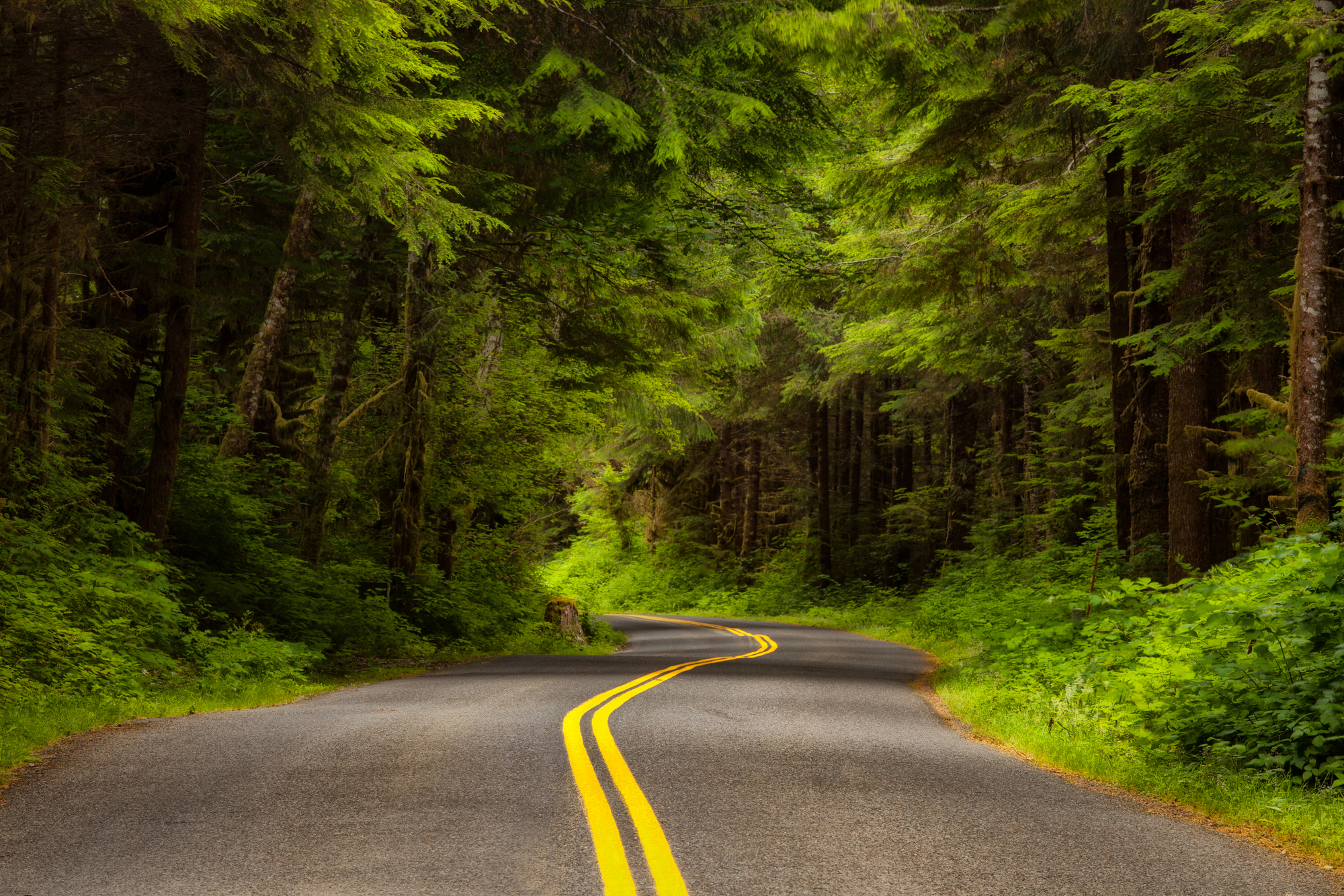
Despite being a living ecosystem teeming with life, the Hoh Rain Forest contains one of the quietest environments in the United States. The dense moss covering trees and ground acts as natural acoustic insulation, absorbing ambient sounds and creating pockets of profound quiet.
One square inch of this forest has been designated as an official ‘quiet place,’ protected from human-generated noise pollution and offering visitors a rare glimpse into how North America sounded before modern civilization.
Kalahari Desert, Southern Africa
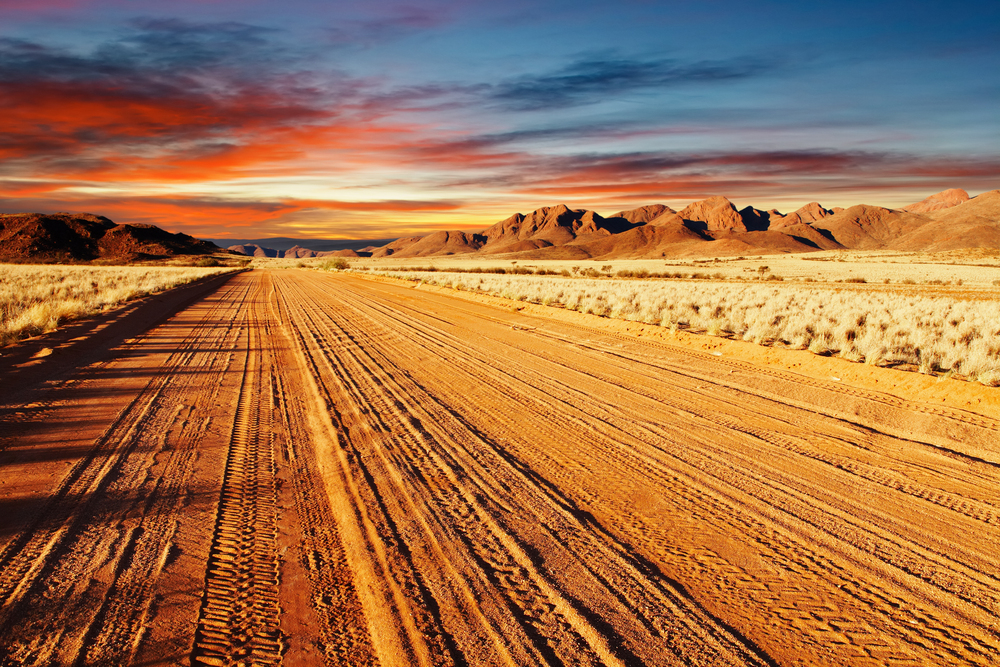
The remote stretches of the Kalahari offer silence that feels almost primordial in its completeness. Far from air traffic routes and human settlements, the red sands absorb sound waves while the sparse vegetation does little to reflect noise.
Visitors often report experiencing a form of sensory recalibration after spending time here, as their ears adjust to detecting the subtle movements of sand and distant wildlife.
Olympic National Park, Washington, USA

The temperate rainforests of Olympic National Park create natural sound chambers where external noise is blocked by dense vegetation and mountain barriers. The park contains valleys insulated from human noise that researchers use as baseline measurements for natural acoustic environments.
These verdant canyons offer such perfect sound dampening that even during rainfall, visitors experience a muffled quiet unlike anywhere else.
Like Travel Pug’s content? Follow us on MSN.
Death Valley, California, USA
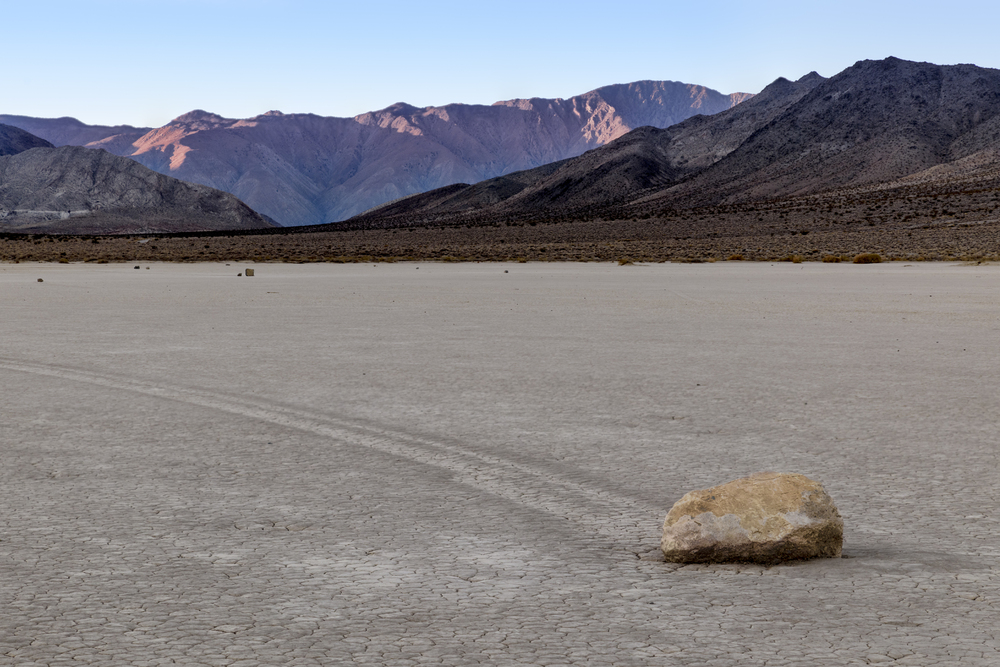
As North America’s lowest, driest, and hottest place, Death Valley creates a uniquely silent environment where sound travels differently through the super-heated air. The vast expanses between features mean noises dissipate quickly, creating an auditory isolation that enhances the visual starkness.
During winter nights, the silence becomes so profound that many visitors initially find it uncomfortable until they adjust to hearing nothing but their own existence.
Fiordland National Park, New Zealand
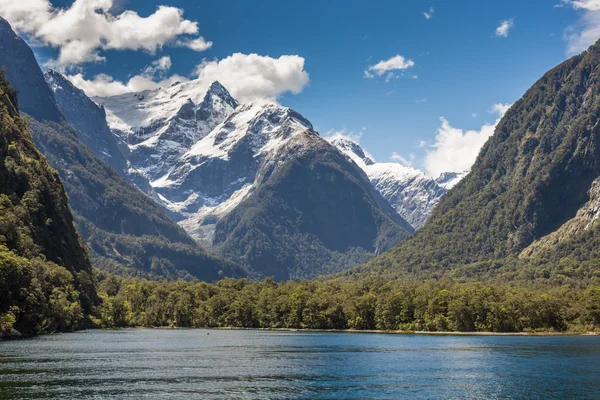
The remote fjords of southwestern New Zealand offer acoustic isolation thanks to steep mountain walls that block external sounds and dense forests that absorb little noise. The glassy waters of Doubtful Sound earned the nickname ‘the Sound of Silence’ from early explorers who noticed how the surrounding landscape created perfect natural sound barriers.
Modern visitors still experience moments when the absence of artificial noise reveals the subtle symphony of water droplets and distant waterfalls.
Denali National Park, Alaska, USA

The vast wilderness of Denali creates sound-free zones through sheer distance from civilization and the acoustic absorption properties of snow and tundra. During winter, the park experiences a phenomenon known as ‘snow silence,’ where fresh powder dampens all ambient noise to near-absolute levels.
The six million acres of undeveloped landscape offer perhaps the largest accessible silent environment in North America.
Like Travel Pug’s content? Follow us on MSN.
Atacama Desert, Chile

As one of the driest places on Earth, the Atacama’s lack of moisture creates ideal conditions for sound absorption, while its remoteness ensures minimal human interference. The high-altitude plateaus experience so little precipitation that even biological sounds are rare, creating an otherworldly quiet that attracts scientists and spiritual seekers.
At night, the silence complements the famously clear skies, creating a multisensory experience of cosmic isolation.
Namibia’s Skeleton Coast
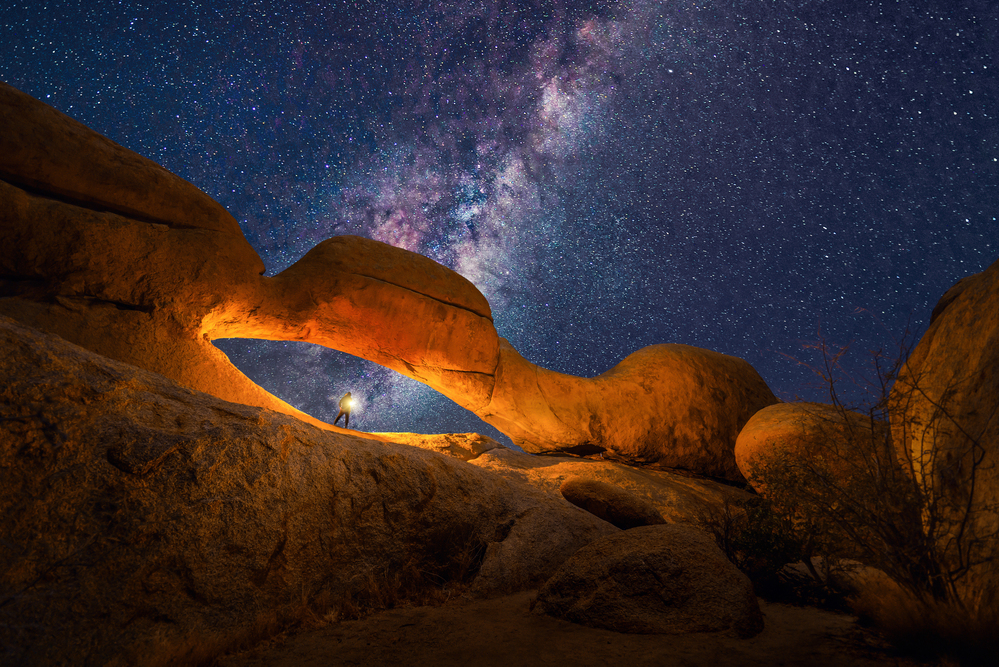
The meeting point of desert and ocean creates a uniquely quiet environment where fog dampens sound and vast empty beaches stretch for hundreds of miles without human presence. The name comes from shipwrecks dotting the shoreline, silent remnants of maritime disasters in this acoustically isolated region.
Visitors describe the experience as walking through a natural anechoic chamber where even the ocean waves seem muted by the surrounding desolation.
Finland’s Lapland
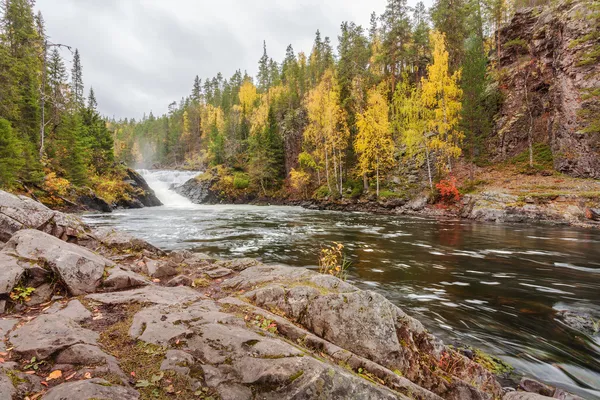
The northern reaches of Finland offer winter silence enhanced by snow-covered forests that absorb sound across the frequency spectrum. Finnish culture even celebrates the concept of silence as a form of communication, with locals considering these quiet landscapes essential to mental wellbeing.
During winter, the thick snow creates what acousticians call ‘damping fields’ that progressively reduce sound waves until they disappear entirely.
Like Travel Pug’s content? Follow us on MSN.
Greenland’s Ice Sheet
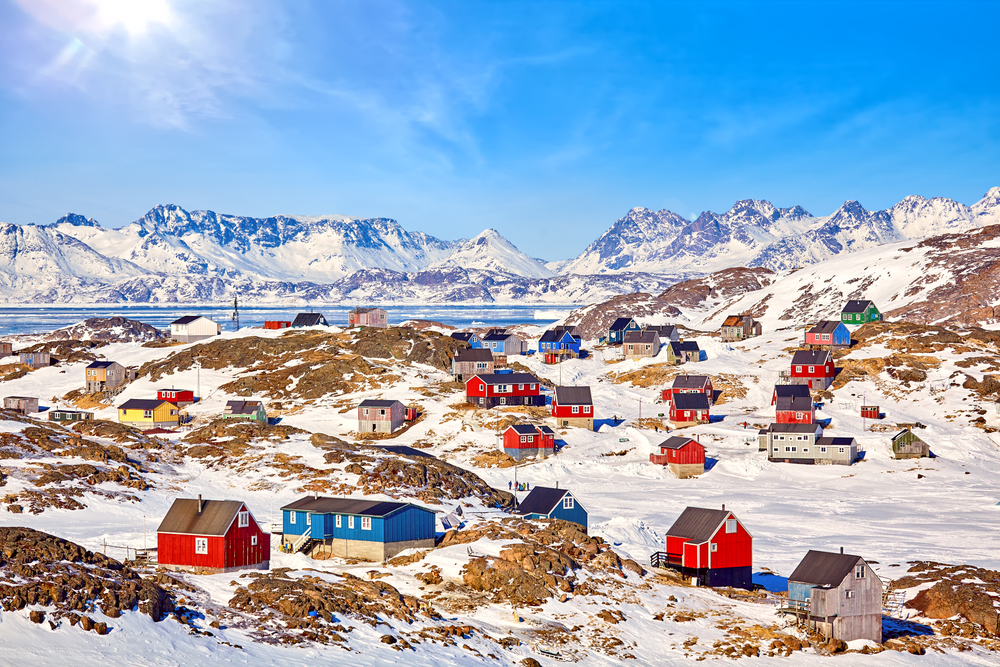
The interior of Greenland’s massive ice sheet creates one of Earth’s most acoustically dead environments, where the uniform surface absorbs sound waves instead of reflecting them. Research stations located here have documented the psychological effects of prolonged exposure to this level of silence, which is so complete that many first-time visitors report auditory hallucinations.
The ice absorbs sound so effectively that even strong winds produce minimal ground-level noise.
Lake Baikal, Russia
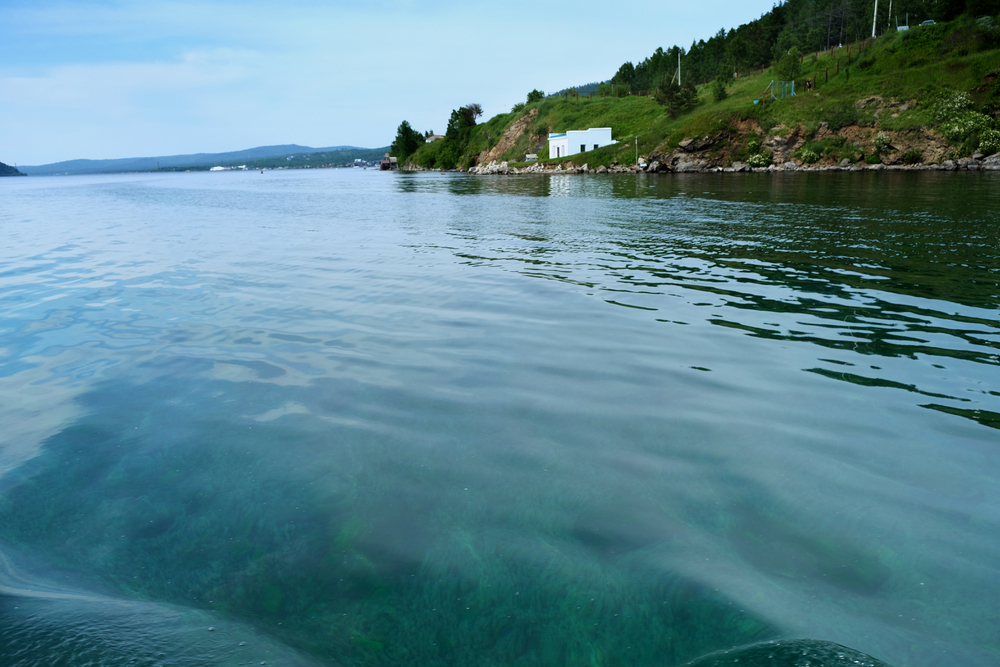
The world’s deepest lake creates islands of silence, particularly in winter, when its frozen surface extends over 12,000 square miles of Siberian wilderness. The surrounding mountains block external noise, while the lake’s enormous water volume absorbs sound waves that would normally reflect off harder surfaces.
Local Buryat shamans have traditionally used this natural quiet for meditation practices, believing the silence has healing properties for the human spirit.
Great Basin National Park, Nevada, USA
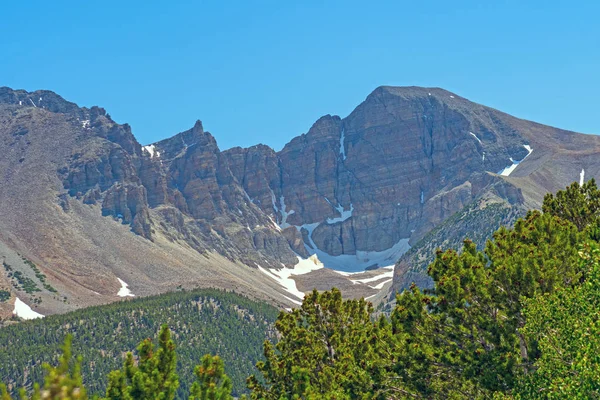
Located in one of America’s least populated regions, the Great Basin offers exceptional silence due to its remote location and varied terrain that blocks distant sounds. The park has established formal listening protocols for visitors to experience true natural quiet, uninterrupted by human-generated noise.
Its status as a Dark Sky Park complements the acoustic environment, creating a space where visual and auditory distractions are minimized to near pre-industrial levels.
Like Travel Pug’s content? Follow us on MSN.
Uluru, Australia
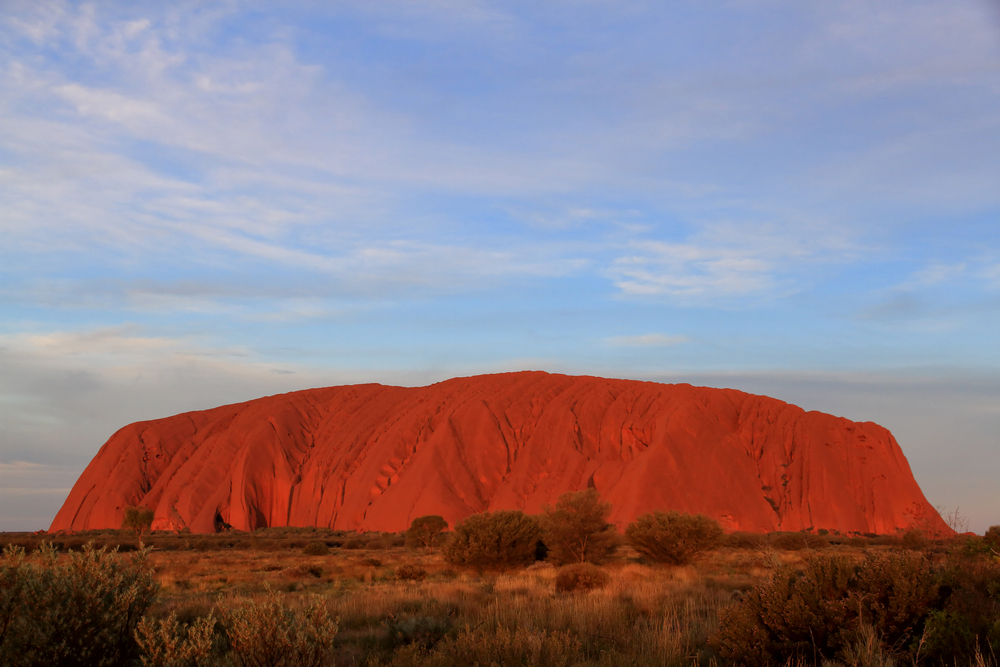
The famous monolith in Australia’s red center creates zones of profound quiet through its isolation and the sound-absorbing properties of the surrounding desert. Aboriginal traditions speak of the spiritual importance of listening to the silence around Uluru, considering it a way to connect with ancestral wisdom.
The massive rock itself blocks wind and distant sounds, creating pockets of stillness that contrast dramatically with the occasional thunderstorms that bring the landscape briefly to life.
Iceland’s Highlands
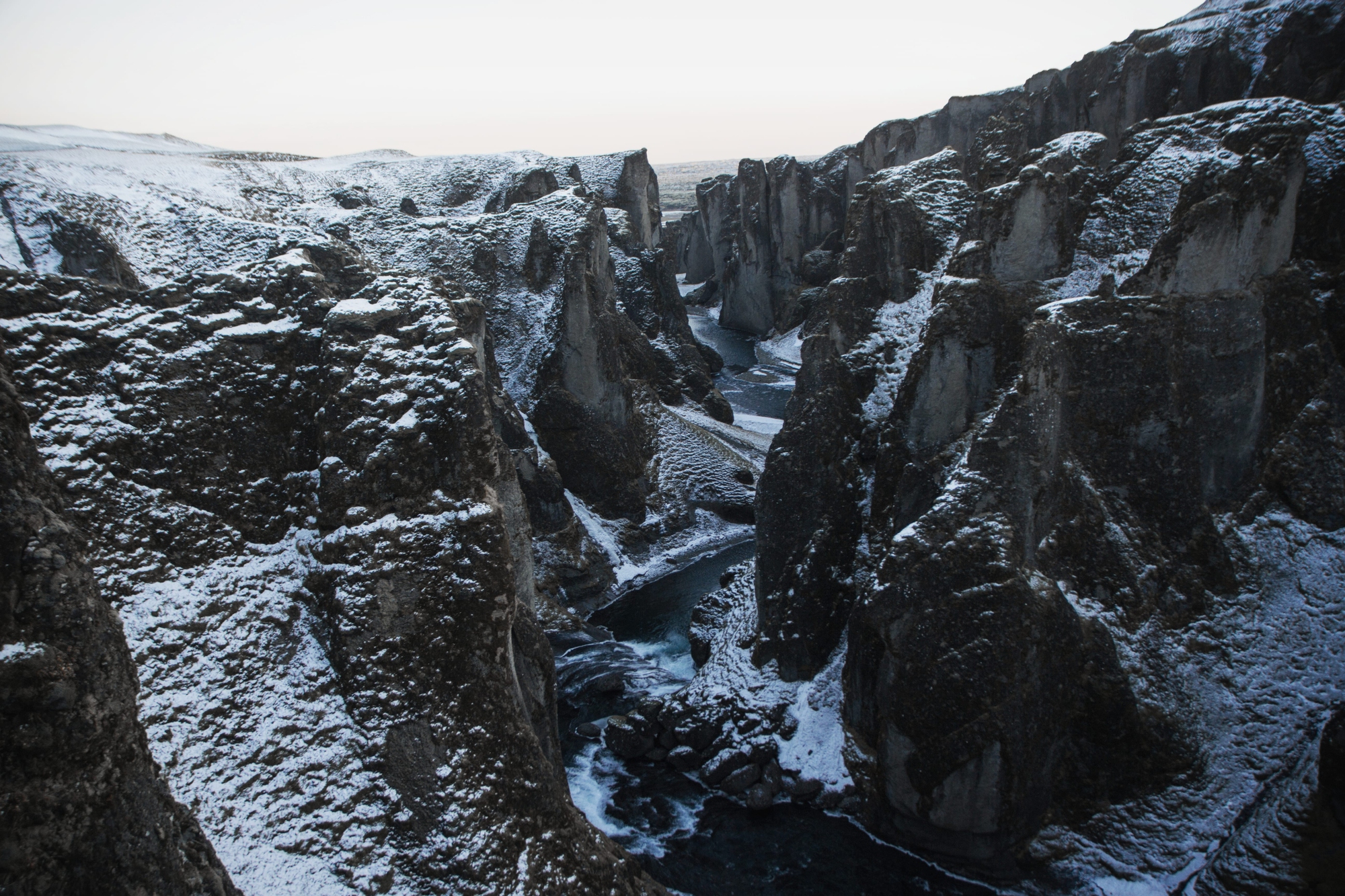
The interior highlands of Iceland offer silence, enhanced by vast lava fields and ash plains that naturally dampen sound waves. The minimal vegetation and extreme isolation from population centers create acoustic conditions that sound engineers consider ideal for recording ambient silence.
During winter, the limited daylight hours enhance the quiet, creating what locals call ‘the deep silence’ that draws sound artists worldwide.
Mongolia’s Gobi Desert
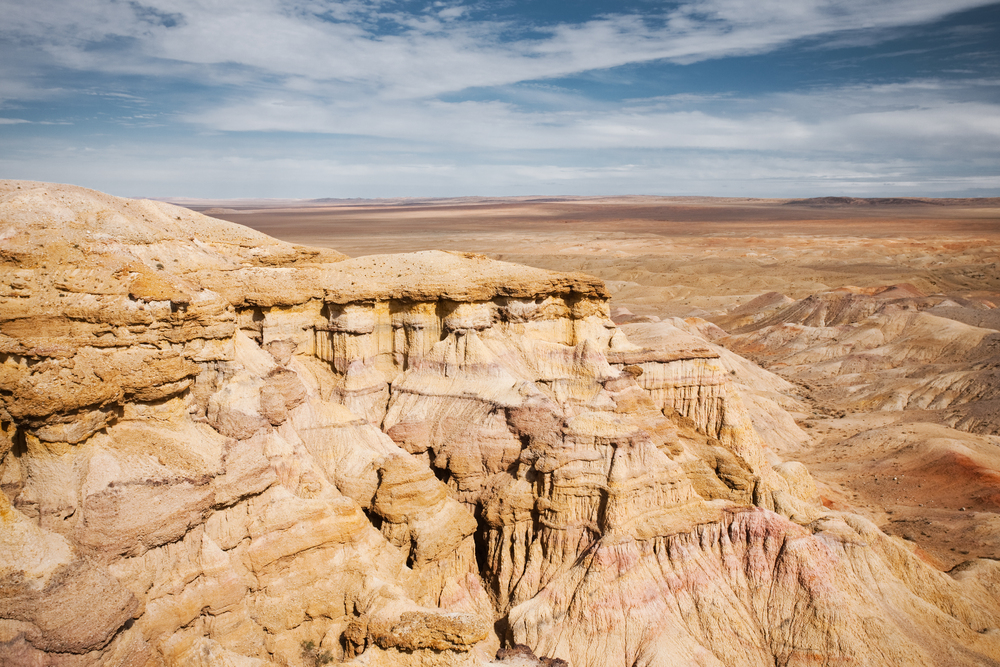
The expansive emptiness of the Gobi creates silence through simple distance, with sounds having so far to travel that they dissipate before reaching human ears. Mongolian nomads have developed cultural practices that respect and maintain this quiet, including soft-spoken communication styles and minimal use of mechanical equipment.
Visitors often report that the silence feels active rather than empty, filled with subtle natural sounds normally masked by human activity.
Like Travel Pug’s content? Follow us on MSN.
Boundary Waters, Minnesota, USA
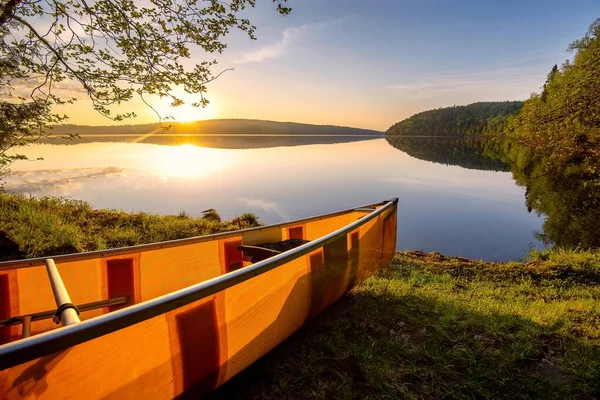
This canoe wilderness along the Canadian border offers motor-free lakes and portages where mechanical sounds are prohibited by law. The result is a rare aquatic environment where water amplifies natural sounds while the absence of engines creates spaces of profound quiet.
The thousand-plus lakes create a maze of silent passages where visitors can travel for days without encountering human-generated noise.
White Sands National Park, New Mexico, USA

The world’s largest gypsum dune field creates natural sound insulation through its mineral composition and undulating landscape. The soft sand absorbs footfalls and other impact noises, while the dune formations block distant sounds from reaching the park’s heart.
Acousticians have documented how the unique mineral composition affects sound waves differently than silica sand, creating a distinctive quality of silence found nowhere else.
Grand Canyon’s North Rim, Arizona, USA
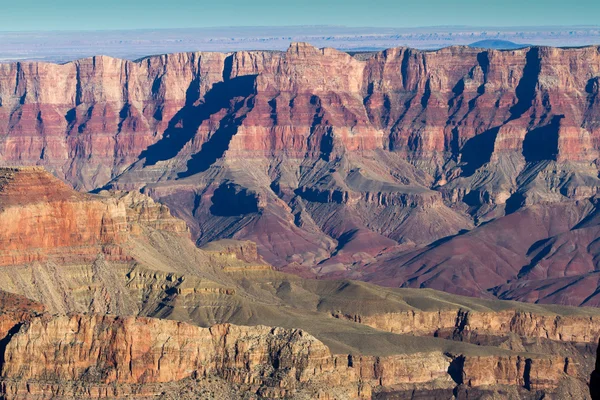
While the South Rim hosts millions of visitors annually, the less accessible North Rim offers profound silence due to its higher elevation and closed winter status. The canyon acts as a natural sound barrier, while the surrounding Kaibab National Forest creates additional acoustic insulation from the outside world.
Park rangers have established sound monitoring stations here to document what they call ‘natural quiet’—an increasingly rare resource they work to preserve.
Like Travel Pug’s content? Follow us on MSN.
The Resonance of Silence in Modern Life
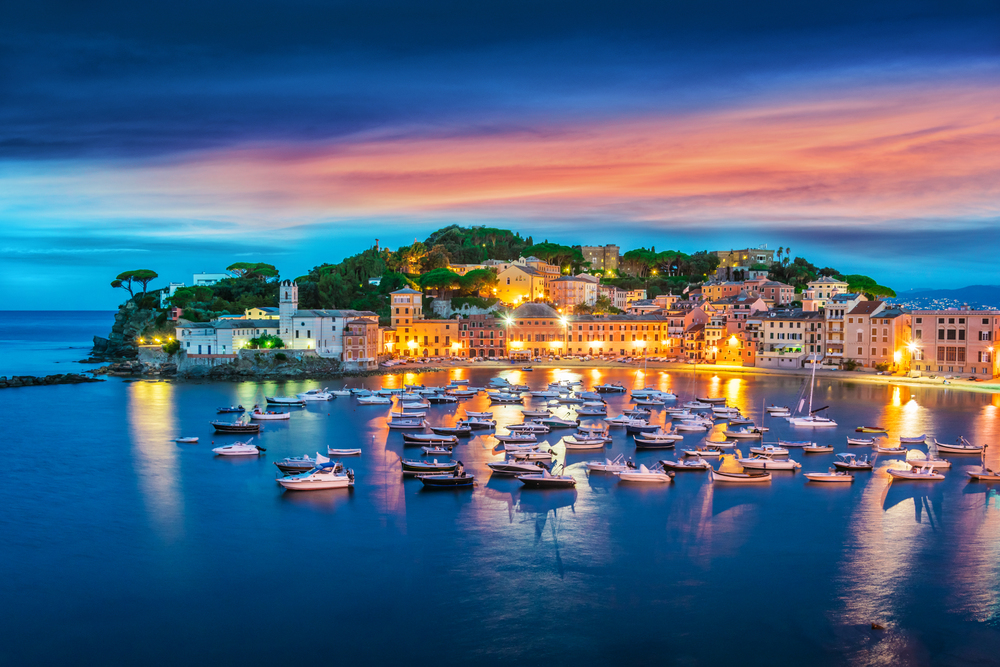
The pursuit of silence has evolved from a spiritual practice to a modern necessity as noise pollution increasingly affects human health and well-being. These destinations represent not just geographic locations, but psychological spaces where our minds can reset from constant stimulation.
The silence in these places isn’t empty, but filled with subtle natural sounds normally drowned out by human activity. As our world grows louder, these silent sanctuaries become more valuable for their beauty and role in preserving our connection to the natural acoustic environment our ancestors evolved within.
More from Travel Pug

- Cities Growing so Fast You Won’t Recognize Them in 10 Years
- 13 Destinations Where Tourists Regularly Regret Their Trip
- 16 U.S. Cities That Are Quietly Becoming Travel Hotspots
- Where to Travel If You Love Long Bus Rides and Daydreams
- 20 Cities Perfect for Solo Travelers Who Crave Adventure & Culture
Like Travel Pug’s content? Follow us on MSN.
